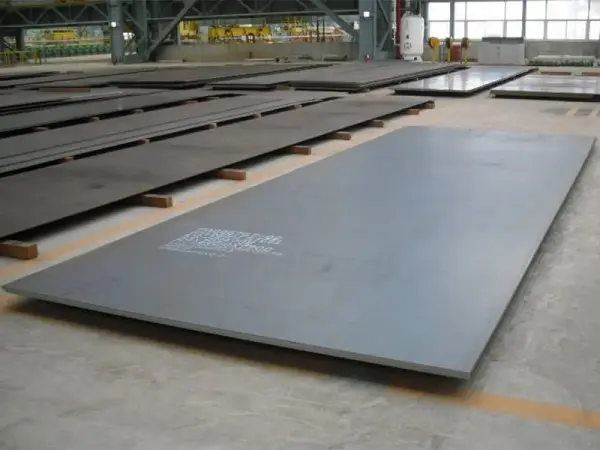- Phone0086 731 8564 8255
- E-mailsales@cscsteel-manufacturing.com
-

Carbon steel plates are classified based on their carbon content, which significantly affects their mechanical properties, including strength, hardness, ductility, and weldability. The three primary categories of carbon steel plates are low carbon steel, medium carbon steel, and high carbon steel.
Continental Steel Co., Ltd is professional pipe flanges manufacturer, for more details, please contact:sales@cscsteel-manufacturing.com
Low Carbon Steel Plate (Mild Steel Plate)
Carbon Content: 0.06% – 0.25%
Characteristics:
Soft and highly ductile, making it easy to shape and weld.
Good toughness with moderate strength.
Resistant to fracture under impact, making it suitable for structural applications.
Can be further enhanced with heat treatment or carburizing for surface hardening.
Common Applications:
✔ Construction – Used in buildings, bridges, and infrastructure.
✔ Automotive Industry – Applied in body panels and structural components.
✔ Pipelines & Storage Tanks – Due to its good weldability.
✔ Shipbuilding – Used in hull plates for marine structures.
Medium Carbon Steel Plate
Carbon Content: 0.25% – 0.55%
Characteristics:
Higher strength than low carbon steel but less ductile.
Offers moderate hardness and wear resistance.
Good machinability but requires heat treatment for enhanced properties.
Can be tempered or hardened for improved durability.
Common Applications:
✔ Mechanical Components – Used in gears, axles, and shafts.
✔ Railway Tracks – Provides the necessary hardness and strength.
✔ Pressure Vessels – For handling higher pressure and load.
✔ Industrial Machinery – Utilized in equipment and machine parts.
High Carbon Steel Plate (Hard Steel Plate)
Carbon Content: 0.55% – 1.0%
Characteristics:
Very hard and strong, but brittle compared to lower carbon steels.
Low weldability and poor formability, requiring specialized techniques.
Excellent wear resistance, making it ideal for cutting tools and heavy-duty applications.
Usually heat-treated or quenched to achieve even greater hardness.
Common Applications:
✔ Cutting Tools – Used for knives, blades, and drills.
✔ Springs & Wires – Requires high resilience and durability.
✔ High-strength Wires & Cables – For bridges and industrial use.
✔ Bearings & Wear Plates – Used in heavy machinery and automotive components.
Effects of Carbon Content on Steel Plate Properties
As carbon content increases, the steel plate exhibits the following changes:
Increased Hardness – Higher carbon content leads to greater hardness, making the steel more resistant to wear and abrasion.
Reduced Ductility – The material becomes less flexible and more brittle, increasing the risk of fractures.
Higher Strength – Medium and high carbon steel plates offer greater tensile and yield strength, making them suitable for heavy-load applications.
Lower Weldability – Higher carbon content reduces the ability to weld without preheating or special welding techniques.
Conclusion
Understanding the carbon content levels in steel plates helps in selecting the right material for construction, machinery, automotive, and industrial applications. Low carbon steel is suitable for structural and general-use applications, while medium and high carbon steels are ideal for high-strength and wear-resistant components. Selecting the appropriate grade ensures optimal performance, durability, and cost-effectiveness in different industries.




